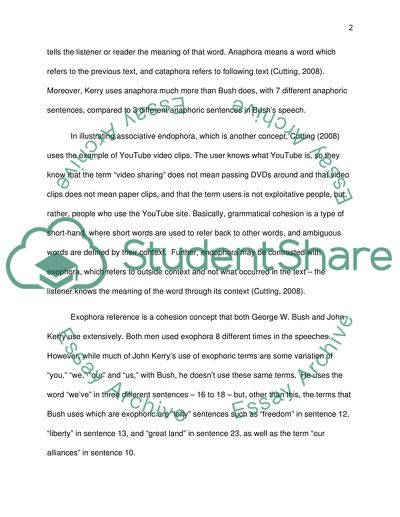Cite this document
(“Discuss the Ways in which Cohesion and Coherence Contribute to Making Essay”, n.d.)
Retrieved from https://studentshare.org/english/1452999-discuss-the-ways-in-which-cohesion-and-coherence
Retrieved from https://studentshare.org/english/1452999-discuss-the-ways-in-which-cohesion-and-coherence
(Discuss the Ways in Which Cohesion and Coherence Contribute to Making Essay)
https://studentshare.org/english/1452999-discuss-the-ways-in-which-cohesion-and-coherence.
https://studentshare.org/english/1452999-discuss-the-ways-in-which-cohesion-and-coherence.
“Discuss the Ways in Which Cohesion and Coherence Contribute to Making Essay”, n.d. https://studentshare.org/english/1452999-discuss-the-ways-in-which-cohesion-and-coherence.


